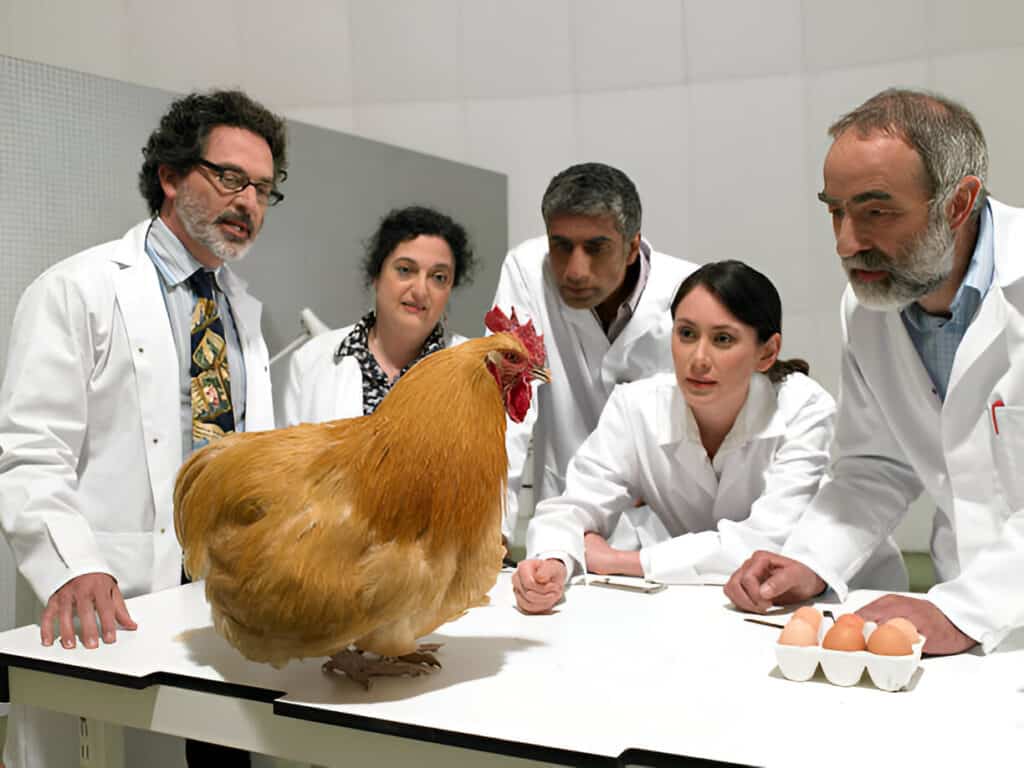Is Chick-fil-A Serving Genetically Modified Chicken? Let’s Clear the Air

I remember the first time I bit into a Chick-fil-A sandwich—crispy on the outside, juicy on the inside, and packed with that unmistakable flavor that had me hooked from the first chew. It became one of those comfort foods I’d crave on busy afternoons or lazy weekends. But as someone who cares about what goes into my food, I started paying closer attention to labels, sourcing, and ingredients. That’s when I started hearing the chatter—articles, headlines, and casual conversations hinting that Chick-fil-A’s chicken might be genetically modified.
Is it true? Is the chicken we know and love at Chick-fil-A bioengineered or altered in some way? And if so, what does that really mean for our health and food choices? These questions bugged me enough to start digging into food regulations, sourcing practices, and what “genetically modified” even means in the context of fast food.
In this article, I’ll walk you through what I found—backed by facts, not just internet speculation. Whether you’re a loyal Chick-fil-A fan or just a curious eater, this post will help you understand the truth about what’s in that famous chicken sandwich, so you can make more informed choices with confidence.
What’s in Chick-fil-A’s Chicken?
Chick-fil-A prides itself on serving 100% real breast meat with no fillers, hormones, or steroids. In fact, the use of added hormones or steroids in poultry is prohibited by U.S. law. Their chicken is marinated and seasoned, then hand-breaded and pressure-cooked in 100% refined peanut oil.
Genetically Modified Organisms (GMOs) and Chick-fil-A

Now, onto the big question: Is Chick-fil-A’s chicken genetically modified? The term “genetically modified” often brings to mind images of scientists altering DNA in a lab. However, in the context of poultry, this isn’t the case.
Chickens are not genetically modified organisms. Instead, they are bred through selective breeding—a process where farmers choose parent chickens with desirable traits to produce offspring with those same traits.
While the chicken itself isn’t genetically modified, some of the ingredients used in Chick-fil-A’s menu items may be derived from genetically modified crops. For example, soybean oil and sugar used in their recipes are often sourced from genetically modified soybeans and sugar beets, respectively. [1]
Nutritional Implications of GMO vs. Non-GMO Chicken
When comparing GMO and non-GMO chicken, the nutritional values are often nearly identical. Both types offer high protein, low fat, and essential nutrients like B vitamins and iron. However, minor variations may occur depending on the chicken’s feed and farming practices.
Here’s a quick nutritional comparison:
| Nutrient (per 100g) | GMO Chicken | Non-GMO Chicken |
| Calories | 165 | 160–170 |
| Protein | 31g | 30–32g |
| Fat | 3.5g | 3–4g |
Taste and texture differences are mostly subjective. Some consumers believe non-GMO chicken has a more natural flavor or firmer bite, while others notice no difference at all.
Experts generally agree that GMO chicken, if approved for consumption, poses no greater health risks than non-GMO chicken. Regulatory bodies like the FDA ensure GMO foods undergo extensive testing for safety, nutrition, and allergenicity before they reach your plate.
| Related: Bioengineered Chicken Explained: What You’re Really Eating |
Antibiotics in Chick-fil-A’s Chicken
In 2014, Chick-fil-A announced its commitment to serving chicken raised with No Antibiotics Ever (NAE), aiming for full implementation by 2019. However, in 2024, the company shifted its policy to No Antibiotics Important to Human Medicine (NAIHM).
This means that while antibiotics critical to human medicine are not used, animal-specific antibiotics may be administered if the birds become sick.
This change has sparked discussions among consumers concerned about antibiotic resistance and animal welfare. It’s essential to note that all antibiotics must be cleared from the chicken’s system before it enters the food supply, as per FDA regulations.
Ingredient Transparency
Chick-fil-A provides detailed information about its ingredients on its website. For instance, their classic chicken sandwich contains:
- Boneless skinless chicken breast
- Salt
- Monosodium glutamate (MSG)
- Sugar
- Spices (including black pepper, paprika, and mustard)
The sandwich is served on a bun made with enriched bleached wheat flour and contains ingredients like soybean oil and sugar, which, as mentioned earlier, may be sourced from genetically modified crops.
Summary Table
| Aspect | Details |
| Chicken Source | 100% real breast meat, no fillers, hormones, or steroids |
| Genetic Modification | Chicken itself is not genetically modified; some ingredients may be GMO |
| Antibiotic Policy | Shifted from NAE to NAIHM in 2024 |
| Ingredient Transparency | Detailed ingredient lists available on the official website |
Final Thoughts
While Chick-fil-A’s chicken isn’t genetically modified, some of the ingredients used in their menu items may be derived from genetically modified crops. Their recent shift in antibiotic policy has also raised questions among consumers. As always, it’s essential to stay informed and make choices that align with your personal values and dietary preferences.
For a more in-depth look at Chick-fil-A’s recent changes, you might find this video informative:
References:
- https://foodbabe.com/here-are-the-55-ingredients-in-a-chick-fil-a-sandwich-should-you-eat-them/






